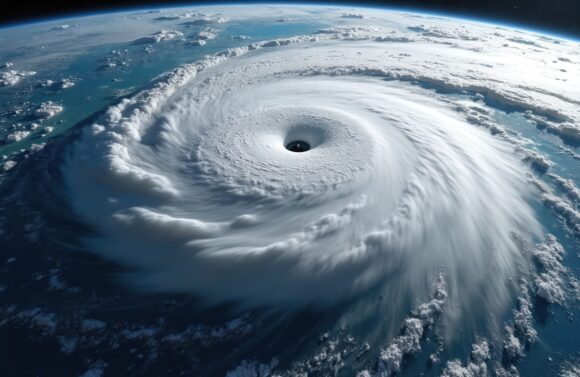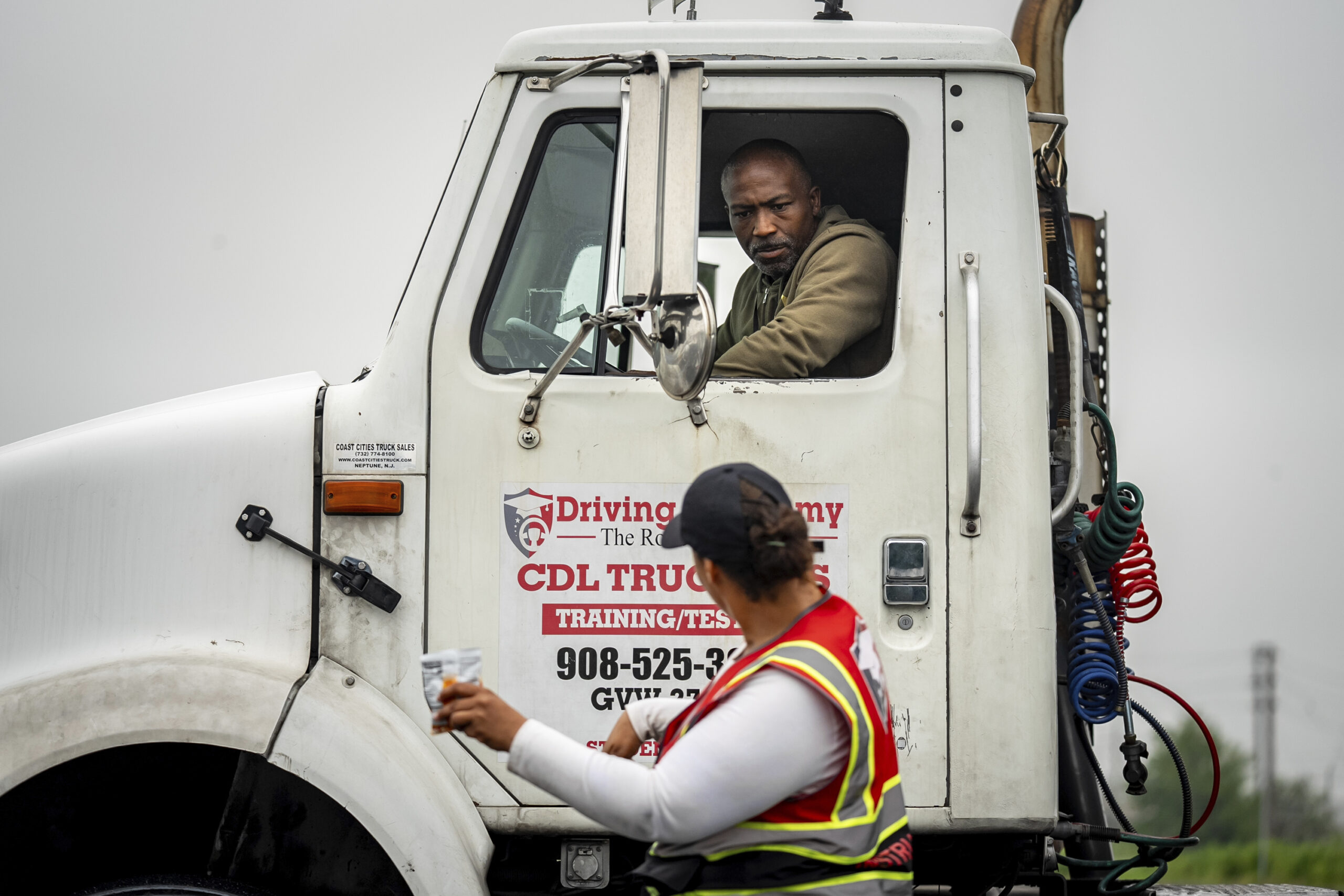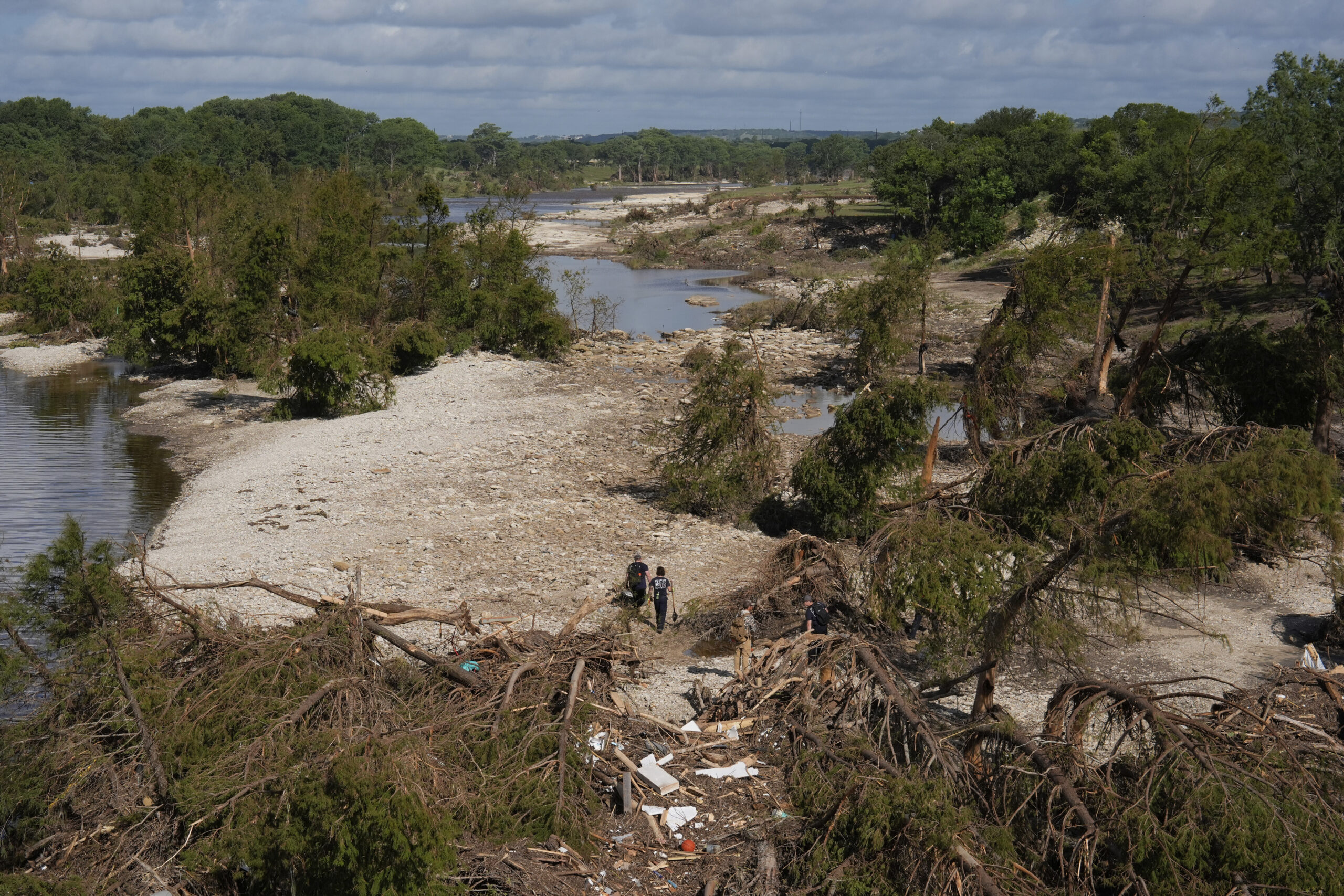
Insured losses from U.S. hurricanes could rise by nearly 50% under a 2°C (3.6°F) global warming scenario, according to MS Amlin, the Lloyd’s global reinsurer.
A peer-reviewed study published in the Journal of Catastrophe Risk and Resilience shows that climate change is significantly altering the geography, frequency, and severity of hurricane losses. Furthermore, hurricane-exposed areas further up the eastern seaboard, which were historically less affected, could see the most dramatic relative increases in insured losses, with New York and Boston facing the steepest increases in risk.
The findings come as the industry grapples with an intensifying mismatch between risk exposure and pricing adequacy — a gap that MS Amlin cautions could leave communities underprepared for the financial fallout of future storms.
Key findings from the study:
- New York’s insured losses could rise by 64%, while Rhode Island and Massachusetts may see increases of over 70% in average annual loss.
- Florida is projected to see the largest absolute increase, with insured losses rising by 44%.
- Category 4 and 5 hurricanes with winds exceeding 130mph could become more frequent, maintaining strength further north due to warming ocean temperatures.
- Carolinas may face a 60% increase in losses during major storm years, three times higher than projected increases in Texas.
- A repeat of the 2022 hurricane season, which cost US$62 billion, could exceed $90 billion in insured losses under the warming scenario.
“The evidence is mounting – risk appears to be rising faster than recognition or response. While this study points to a need for stronger building codes along the U.S. Northeast and mid-Atlantic coast, aligned with hurricane-prone regions like Florida and Louisiana, at the same time, there seems to be a widening gap between risk and readiness,” said MS Amlin CEO Andrew Carrier, in comments accompanying the report.
Carrier highlighted the stark reality of the increasing imbalance between risk and pricing.
“Asymmetry in the market is becoming more pronounced. Climate-related losses are rising, yet pricing and coverage terms are failing to keep pace. Insurers can act as climate shock absorbers for society—but only if risks are priced and structured in line with today’s reality,” Carrier said.
“Our research shows that major storms could increasingly impact cities that have historically seen few hurricanes. Warmer oceans will allow hurricanes to maintain their intensity further north and will push significant new risk into areas less prepared to absorb it,” said Dr. Sam Phibbs, co-author of the study and MS Amlin’s head of Catastrophe Research.
Phibbs warned that the 50% figure likely underestimates the full impact, once we account for sea level rise, urban growth, or more intense rainfall—factors that would further increase financial losses.
Source: MS Amlin
Topics
Catastrophe
Natural Disasters
Trends
USA
Profit Loss
Hurricane
Climate Change
Interested in Catastrophe?
Get automatic alerts for this topic.



